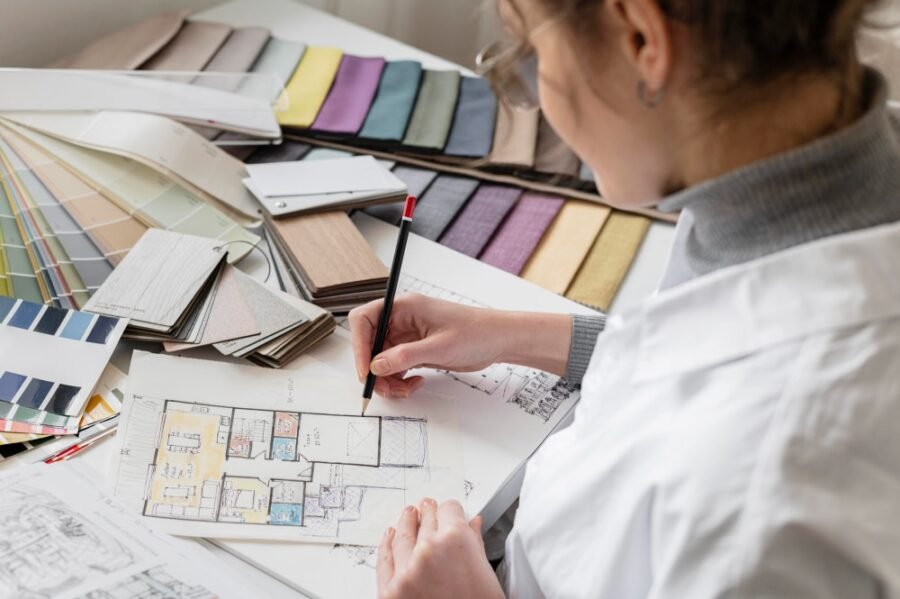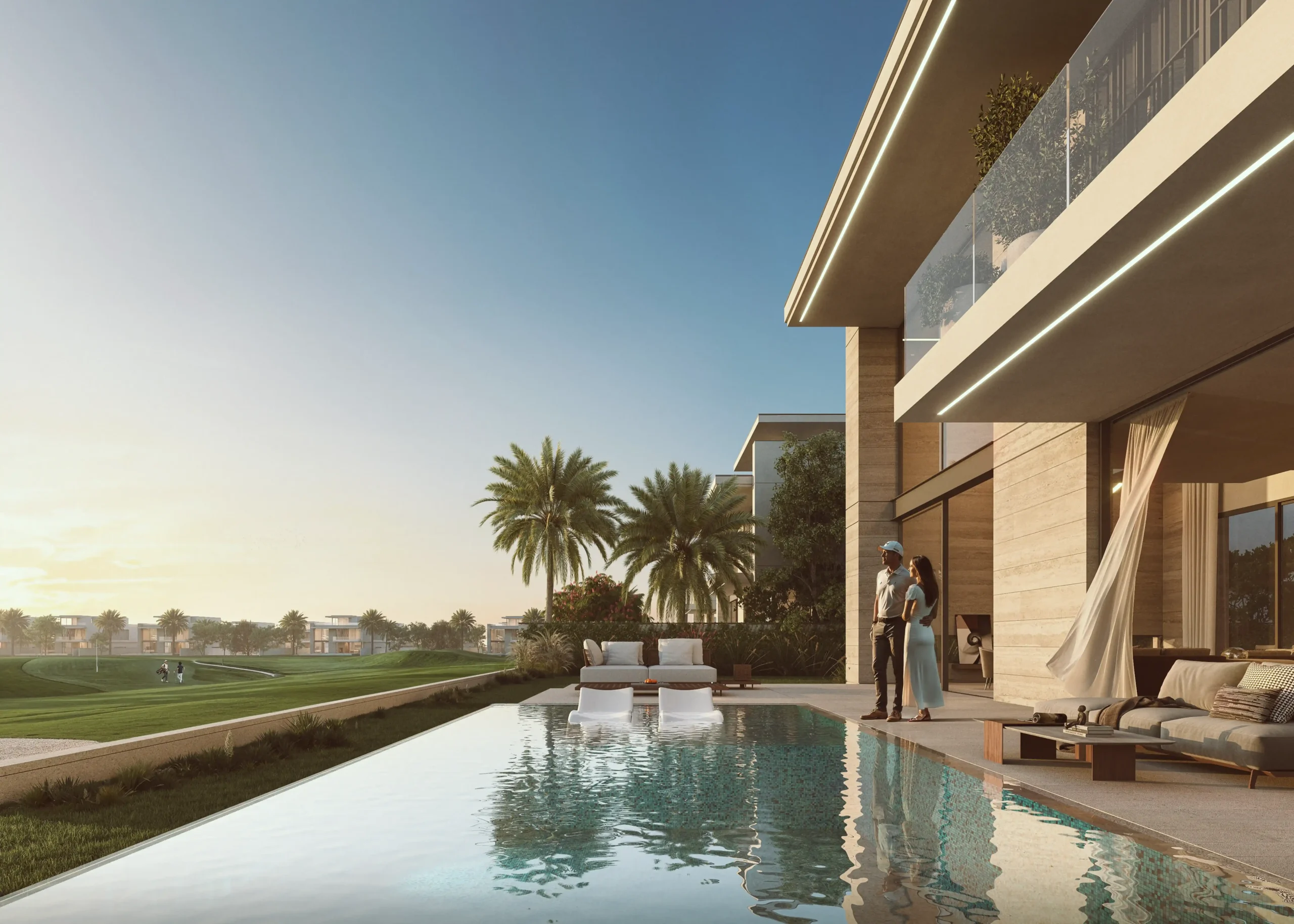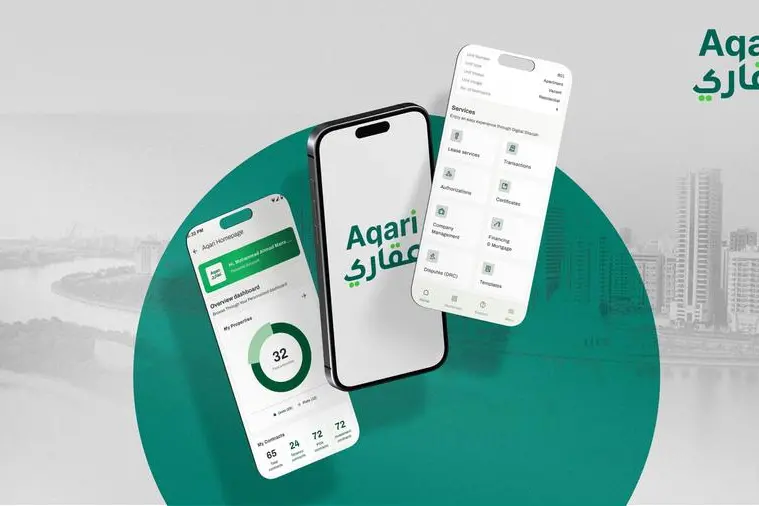Now Reading: What Makes or Breaks Your Business in Interior Design and Construction
-
01
What Makes or Breaks Your Business in Interior Design and Construction
What Makes or Breaks Your Business in Interior Design and Construction

Table of Contents
The Hidden Backbone of Your Business: Quality
When people hear the words “interior design,” their minds often drift to elegant spaces, harmonious color palettes, and stunning finishes. Mention construction, and the conversation shifts to floor plans, structural integrity, and durability. While these associations aren’t wrong, they often miss one critical element that quietly drives success: quality.
Quality is more than just a buzzword—it’s the backbone of every successful interior design and construction business. It encompasses durability, craftsmanship, functionality, safety, sustainability, and, most importantly, client satisfaction. Without quality, even the most visually appealing projects can fail to leave a lasting impression.
Why Clients Value More Than Style
Today’s clients are informed and discerning. They no longer settle for designs that simply look good—they want spaces that endure, materials that matter, and designs that solve problems. Functionality, material durability, and safety have overtaken style as the top factors influencing client satisfaction.
Investing in quality isn’t just a moral or professional obligation—it’s a smart business decision. A reputation for exceptional quality sets companies apart in a competitive market and creates long-term client loyalty.
Mastering Quality Control in Every Project
Maintaining quality in a fast-paced industry requires more than skill—it demands control and accountability. Many leading firms are taking proactive steps to own their quality processes rather than relying solely on subcontractors or third-party vendors.
One effective approach is establishing in-house facilities for critical tasks such as joinery or custom fabrication. By overseeing every cut, finish, and joint, businesses ensure precision and maintain high standards across the board. It’s not just about control—it’s about building trust with clients and demonstrating commitment to excellence.

The Role of Team Expertise
Even the best materials and processes are useless without a skilled team. Success in interior design and construction hinges on hiring professionals who understand both aesthetics and functionality. Designers, project managers, and craftsmen must work in harmony to deliver projects that meet client expectations and stand the test of time.
Investing in ongoing training and professional development ensures your team stays ahead of industry trends, new materials, and emerging technologies. Skilled teams are not just a resource—they are a differentiator that can make or break your business.
Client Communication: The Unsung Hero
Clear and consistent communication is often overlooked but is a decisive factor in business success. Clients want to feel informed and confident throughout the design and construction process. Setting realistic expectations, providing timely updates, and addressing concerns proactively prevent misunderstandings and build trust.
Transparent communication also minimizes costly mistakes and reduces the risk of dissatisfaction, helping maintain a positive reputation that fuels referrals and repeat business.
Technology and Innovation as Game-Changers
The interior design and construction industry is evolving rapidly, and businesses that embrace technology gain a competitive edge. From 3D modeling and virtual reality presentations to project management software, technology helps streamline workflows, improve accuracy, and enhance client engagement.
Sustainable building practices and eco-friendly materials are also no longer optional—they are becoming a client expectation. Companies that integrate innovative solutions into their design and construction processes demonstrate forward-thinking, which translates into stronger business growth.
Financial Management: Staying Profitable Without Compromise
High-quality projects require investment, but profitability cannot be sacrificed. Smart financial management balances cost control with maintaining standards. Understanding project budgets, accurately estimating materials and labor, and planning contingencies are essential.
Cutting corners may save money in the short term but risks damaging reputation and client trust. On the other hand, strategic investment in quality and innovation pays dividends in the form of satisfied clients and repeat business.
Marketing Your Business Beyond Aesthetics

Marketing is more than showcasing beautiful interiors. Successful businesses highlight their commitment to quality, reliability, and client satisfaction. Case studies, testimonials, and behind-the-scenes content give potential clients confidence that your company delivers not just visually stunning designs, but functional, durable, and thoughtful solutions.
A strong online presence, coupled with consistent branding, positions your business as a trusted authority in the interior design and construction space.
Learning From Mistakes and Adapting
Every project brings lessons. Companies that fail to adapt to client feedback or industry changes risk stagnation. Regularly reviewing processes, identifying inefficiencies, and embracing change ensures your business remains relevant and competitive.
Mistakes are inevitable, but how you respond defines your business. Transparent handling of errors, continuous improvement, and commitment to exceeding expectations transform challenges into opportunities for growth.
Building a Reputation That Endures
In an industry where client trust is paramount, reputation is everything. Delivering consistently high-quality projects, maintaining clear communication, and demonstrating expertise build a brand that clients recognize and recommend.
Word-of-mouth referrals and repeat business are often the most valuable assets. A reputation for excellence doesn’t just attract clients—it protects your business during market fluctuations and competitive pressures.
The Future of Interior Design and Construction Success
The landscape of interior design and construction is evolving. Sustainability, technology, client expectations, and quality standards are shaping the future. Businesses that prioritize these elements, invest in their teams, and embrace innovation will thrive.
Success is not about chasing trends—it’s about creating timeless spaces that fulfill functional, aesthetic, and emotional needs. It’s about delivering on promises, exceeding expectations, and standing out in a crowded market.
Conclusion: Quality, Communication, and Innovation Are Key
The difference between a thriving interior design business and one that struggles comes down to three critical elements: quality, communication, and innovation. Focusing on these aspects ensures projects delight clients, enhance reputations, and secure long-term success.
Ultimately, businesses that prioritize excellence in every detail—from materials and craftsmanship to client relationships and technology—position themselves for sustainable growth. In interior design and construction, what makes or breaks your business is not just what meets the eye—it’s what lasts, works, and earns trust.
Do Follow Estate on Instagram.
Burj Capital Dubai: Redefining the City’s Commercial Skyline



















